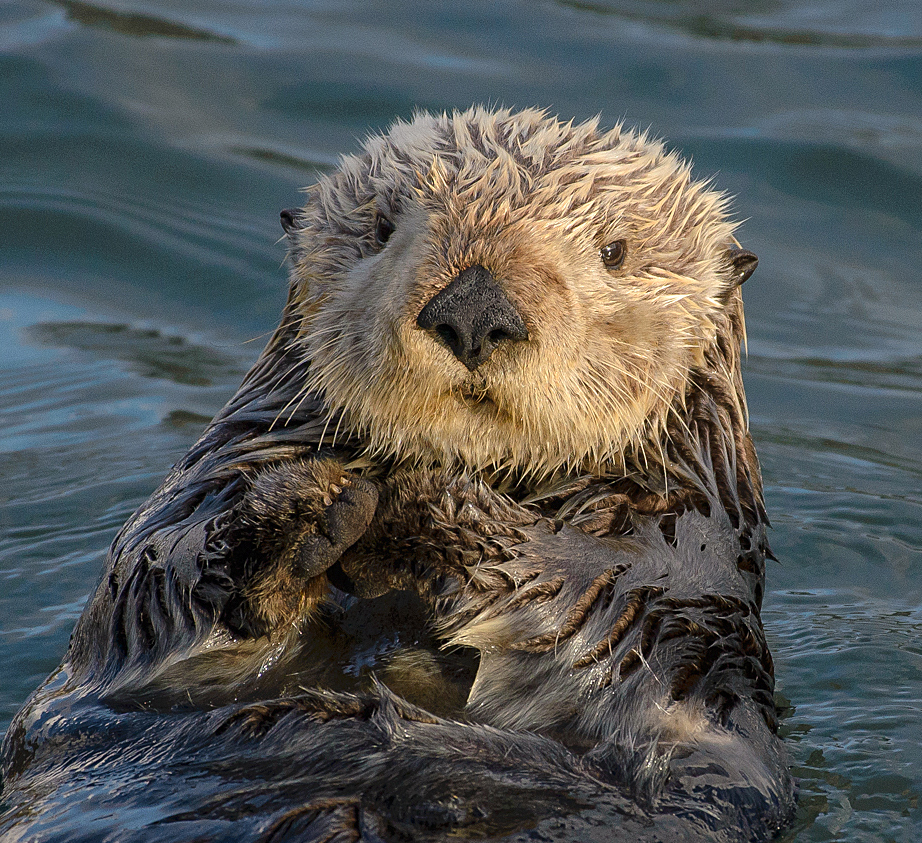Facts for Kids
Sea otters are marine mammals known for their thick fur, playful behavior, and role in maintaining healthy ocean ecosystems.
Overview
Fun Facts
Cultural Significance
Habitat And Distribution
Reproduction And Lifespan
Diet And Foraging Behavior
Important Role In Ecosystems
Social Structure And Behavior
Conservation Status And Threats

Inside this Article
Climate Change
Pacific Ocean
California
Resilience
Diving
Oxygen
Nature
Ocean
Food
Did you know?
🌊 Sea otters have the densest fur of any animal, with up to a million hair follicles per square inch.
🍽️ They can eat up to 25% of their body weight in food every day, mainly consisting of sea urchins, crabs, and other marine invertebrates.
🦦 Sea otters are known to use tools, such as rocks, to crack open the shells of prey.
🌍 They play a critical role in maintaining the health of kelp forests by controlling sea urchin populations.
🐾 Sea otters have a unique behavior of wrapping themselves in kelp to anchor themselves while resting.
🌡️ They have a high metabolic rate, which requires them to consume large quantities of food to stay warm.
🛡️ Unlike most marine mammals, sea otters do not have a layer of blubber for insulation.
🌌 Sea otters can hold their breath for up to five minutes while diving for food.
🦷 Adult sea otters can weigh between 50 to 100 pounds.
👶 Sea otters give birth to one pup at a time, and mothers often keep their pups on their bellies while resting.

